Stablecoins are breaking out of the circle: In-depth analysis of the stablecoin regulatory policy race in 12 countries
The stablecoin sector’s influence continues to grow, breaking out of its original boundaries.
Stablecoins have become a social buzzword, showing up frequently on Douyin’s trending searches, capturing the attention of traditional finance bloggers, and sparking curiosity even among relatives and neighbors. These digital assets have clearly entered mainstream discourse.
Meanwhile, the global policy landscape is undergoing a pivotal shift. Over the past year, the world has moved from cautious observation to acceptance of stablecoins: Hong Kong’s Stablecoin Ordinance is set to take effect, the European Union’s MiCA regulation has been fully implemented, and the United States has enacted the GENIUS Act. Stablecoins are quietly reshaping the very foundations of the international monetary system.
This article provides a comprehensive overview of the latest stablecoin regulatory developments worldwide, and analyzes the core drivers and strategic implications of this financial transformation.
Global Stablecoin Regulatory Overview at a Glance
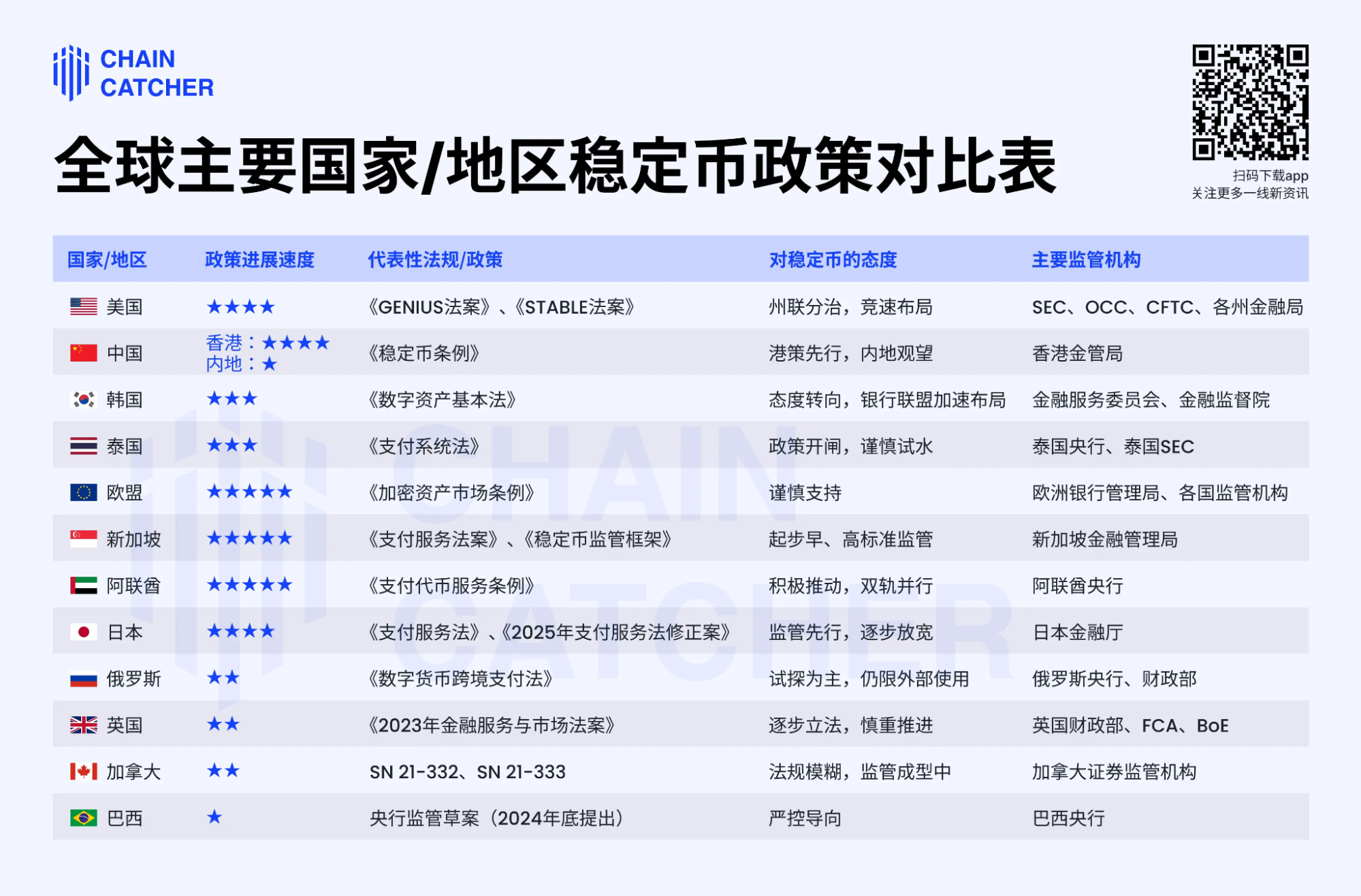
Stablecoin Regulatory Evolution in Twelve Key Global Markets
United States: State-Federal Dual System, Regulatory Race
Policy Progress: ★★★★
The evolution of stablecoin policy in the U.S. features a dual track: “federal + state” push. While the federal government is accelerating the unification of a national regulatory framework, several states are leading the way by piloting and enacting their own concrete rules and oversight structures.
On the state level, a number of jurisdictions have already implemented clear laws and regulatory frameworks:
- Wyoming passed the “Wyoming Stable Token Act” in 2023, established the Wyoming Stable Token Commission, and plans to issue the state-backed WYST stablecoin by August 20, 2025.
- Since 2018, the New York Department of Financial Services has required stablecoin issuers to obtain a BitLicense or trust company license and adhere to rigorous standards.
- In 2023, California enacted the “Digital Financial Assets Law” (DFAL), creating a sweeping licensing regime that includes stablecoin issuers. DFAL will take effect in July 2026.
At the federal level, legislation is advancing rapidly:
- The GENIUS Act became law on July 19, 2025, after being signed by President Trump.
This law forbids the issuance of yield-bearing stablecoins, requires monthly public disclosure and third-party audits of reserve assets, and holds both the CEO and CFO personally accountable for data accuracy. Issuers can choose to be overseen by federal or state regulators, while smaller issuers (total supply under $10 billion) can opt for state-only regulation.
- The STABLE Act, introduced in March 2025, has passed the House and is pending a Senate vote. Its main provisions align closely with the GENIUS Act.
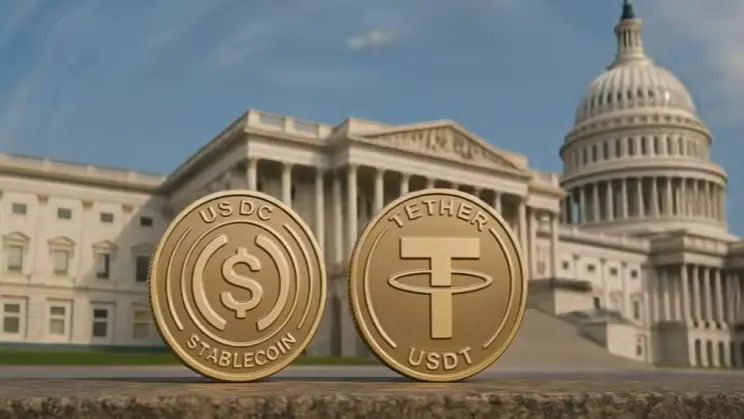
China: Hong Kong Leads, Mainland Cautious
Policy Progress: Hong Kong ★★★★ | Mainland ★
Mainland China and Hong Kong have adopted a “frontline + home market” dynamic in stablecoin regulation: Hong Kong is building a robust legal framework and attracting market players, while the mainland remains wary and measured in its approach.
Hong Kong’s Stablecoin Ordinance will officially take effect on August 1, 2025.
Roughly 50 to 60 firms—half from the payments sector, half from major internet platforms and mostly Chinese-owned—have expressed intention to apply for licenses. JD.com, Standard Chartered, and Ant Group are among those preparing. Experts expect only three to four licenses will be issued in the first round, with steep entry barriers.
It’s reported that the initial licenses may be extended only via invitation, not broad public application. Early stablecoins will primarily be pegged to the Hong Kong dollar and U.S. dollar.
On the mainland, years of strict, preventative policy are giving way to signs of research and interest in stablecoins at the provincial and municipal level:
- On July 7, Wuxi’s Party Committee called for exploring stablecoins to empower foreign trade at a reform promotion meeting.
- On July 9, the Jinan Municipal Government Research Office’s WeChat published a stablecoin feature by Xinhua News Agency.
- On July 10, Shanghai’s SASAC held a study session on cryptocurrency and stablecoin trends and strategies.
- On July 18, the China Academy of Industrial Internet hosted a “Stablecoin and Industrial Digital Assets Symposium.”

South Korea: Regulatory Reversal, Banking Consortium Fast-Tracks Launch
Policy Progress: ★★★
South Korea is pivoting from “wait-and-see” to proactive engagement. With President Lee Jae-myung signaling support for KRW stablecoin development, the ruling party proposed the Digital Asset Basic Act on June 10, allowing local firms with over $368,000 in capital to issue stablecoins—a sign of regulatory easing.
Eight of South Korea’s major banks—including KB Kookmin, Shinhan, Woori, NongHyup, Korea Development, Suhyup, and the Korean branches of Citi and Standard Chartered—are forming a joint venture to launch KRW stablecoins. The consortium, supported by the Open Blockchain & Decentralized Identity Association and Financial Supervisory Service, could launch by year-end or early next year if approved by regulators.
However, regulation remains unclear. According to Four Pillars’ research director 100y.eth, South Korea is in the midst of a stablecoin bubble, with no clear regulatory roadmap. Financial media report almost daily on new stablecoin trademark filings, and shares of related listed companies often spike 15% to 30% on those days.
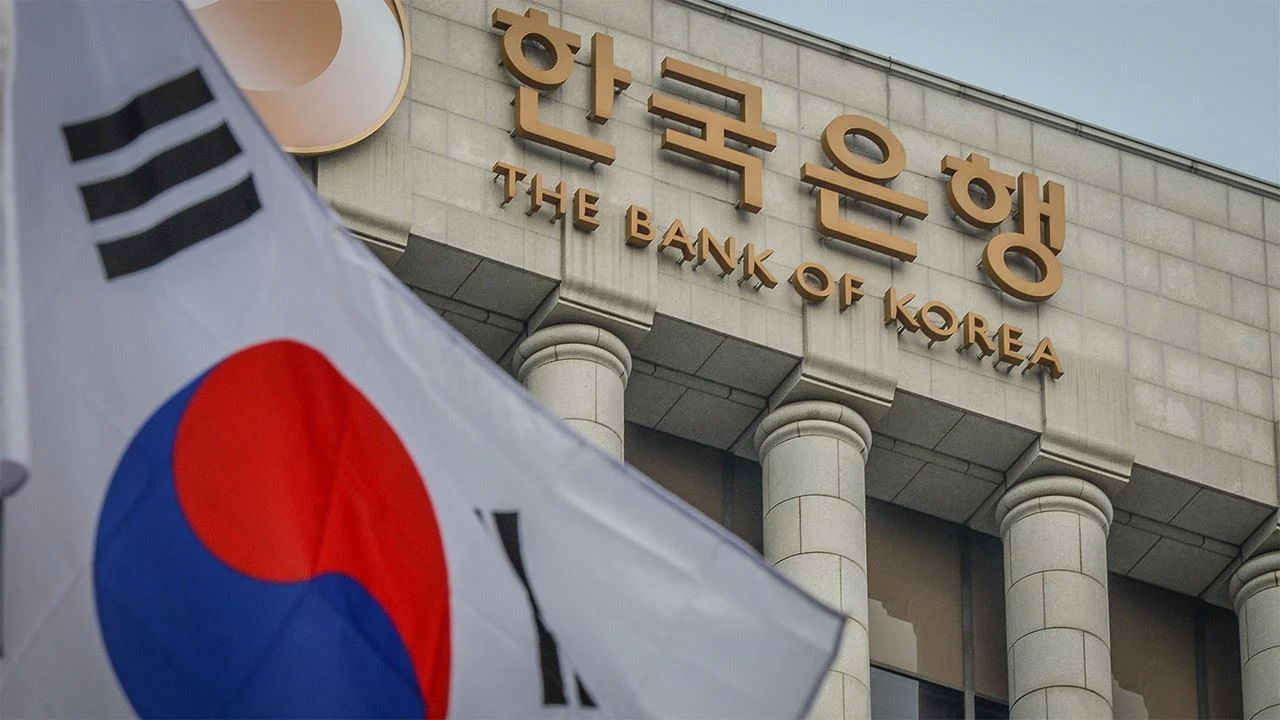
Thailand: Unlocks Policy, Cautiously Pilots
Policy Progress: ★★★
Thailand has moved from early caution to controlled pilot programs for stablecoins. Since 2021, the central bank has issued guidance, classifying baht-pegged stablecoins as “e-money” regulated under the Payment Systems Act, requiring pre-approval from the central bank. Foreign currency stablecoins (like USDT and USDC) are not banned but remain under regulatory watch.
2024 marked a critical turning point: in August, the country launched a regulatory sandbox for crypto service pilots.
Expansion has accelerated in 2025:
- In January, the Finance Minister announced consideration of a government bond-backed, 10 billion baht stablecoin at an SEC meeting.
- In March, the Thai SEC approved USDT and USDC for regulated trading platforms.
- In July, the SEC and BOT jointly launched a national crypto sandbox, allowing licensed platforms to let foreign tourists convert digital assets (USDT, USDC, etc.) to baht for travel expenditures.

European Union: Harmonized Supervision, Prudent Backing
Policy Progress: ★★★★★
The EU supports stablecoins with caution—acknowledging their promise while maintaining high vigilance for risks like financial instability, regulatory arbitrage, and money laundering.
In June 2023, the EU adopted the Markets in Crypto-Assets Regulation (MiCA), establishing a comprehensive framework for crypto assets. Several provisions took effect June 30, 2024, and all stablecoin-related rules become mandatory on December 30, 2024. MiCA applies across all 27 EU states and the EEA countries of Norway, Iceland, and Liechtenstein.
MiCA imposes strict requirements: issuers must secure authorization from a national regulator (such as BaFin in Germany or AMF in France) and set up an EU legal entity. The European Banking Authority (EBA) supervises “significant” stablecoins—those with high transaction volumes—across the region.
MiCA also caps daily transactions of non-euro stablecoins at 1 million or €200 million in any EU currency area. Upon exceeding this, issuers must pause new issuance and submit a remediation plan within 40 business days.
As of now, 53 MiCA licenses have been issued—14 to stablecoin issuers, 39 to crypto asset service providers.
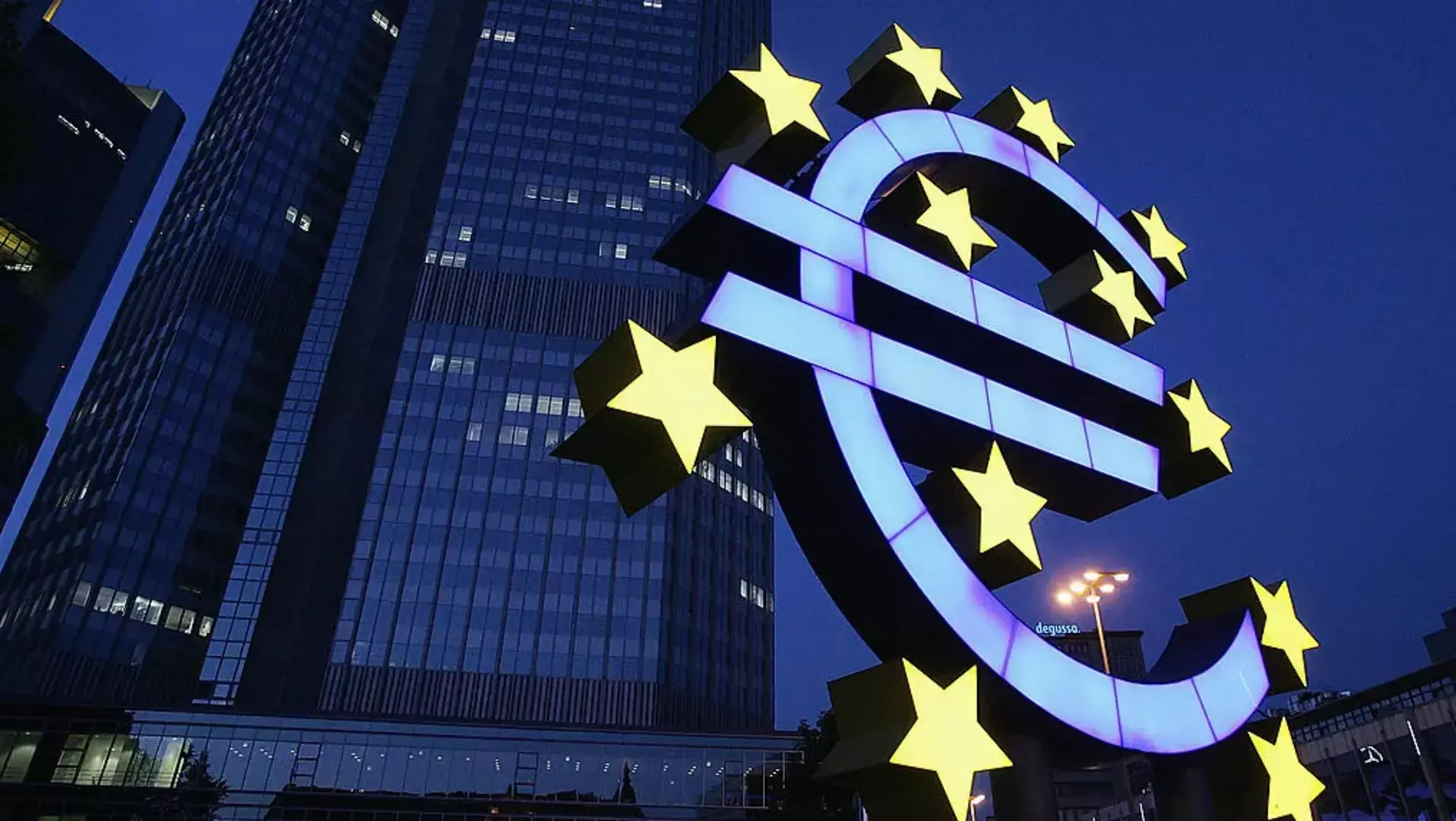
Singapore: Pioneer Status, Premium Standards
Policy Progress: ★★★★★
Singapore has long set global standards in stablecoin regulation. The Payment Services Act, effective December 2019, clearly defined and categorized payment service providers.
The Monetary Authority of Singapore (MAS) released a draft stablecoin regulatory framework in December 2022, then finalized the framework on August 15, 2023. The rules target single-currency stablecoins (SCS) issued in Singapore and pegged to SGD or G10 currencies, supplementing the Payment Services Act.
MAS sets a high bar for issuers:
- Issuers must maintain capital equal to at least 50% of annual operating expenses or S$1 million (whichever is greater).
- Issuers cannot participate in trading, asset management, staking, lending, or directly hold equity in other legal entities.
- Liquid reserves must be sufficient for all redemptions or at least 50% of annual operating expenses.
- Reserves must be restricted to very low-risk, highly liquid assets: cash, cash equivalents, or bonds with less than three months to maturity.
Several applicants are pursuing stablecoin licenses from MAS. StraitsX (XSGD issuer) and Paxos are seen as standout compliant examples.
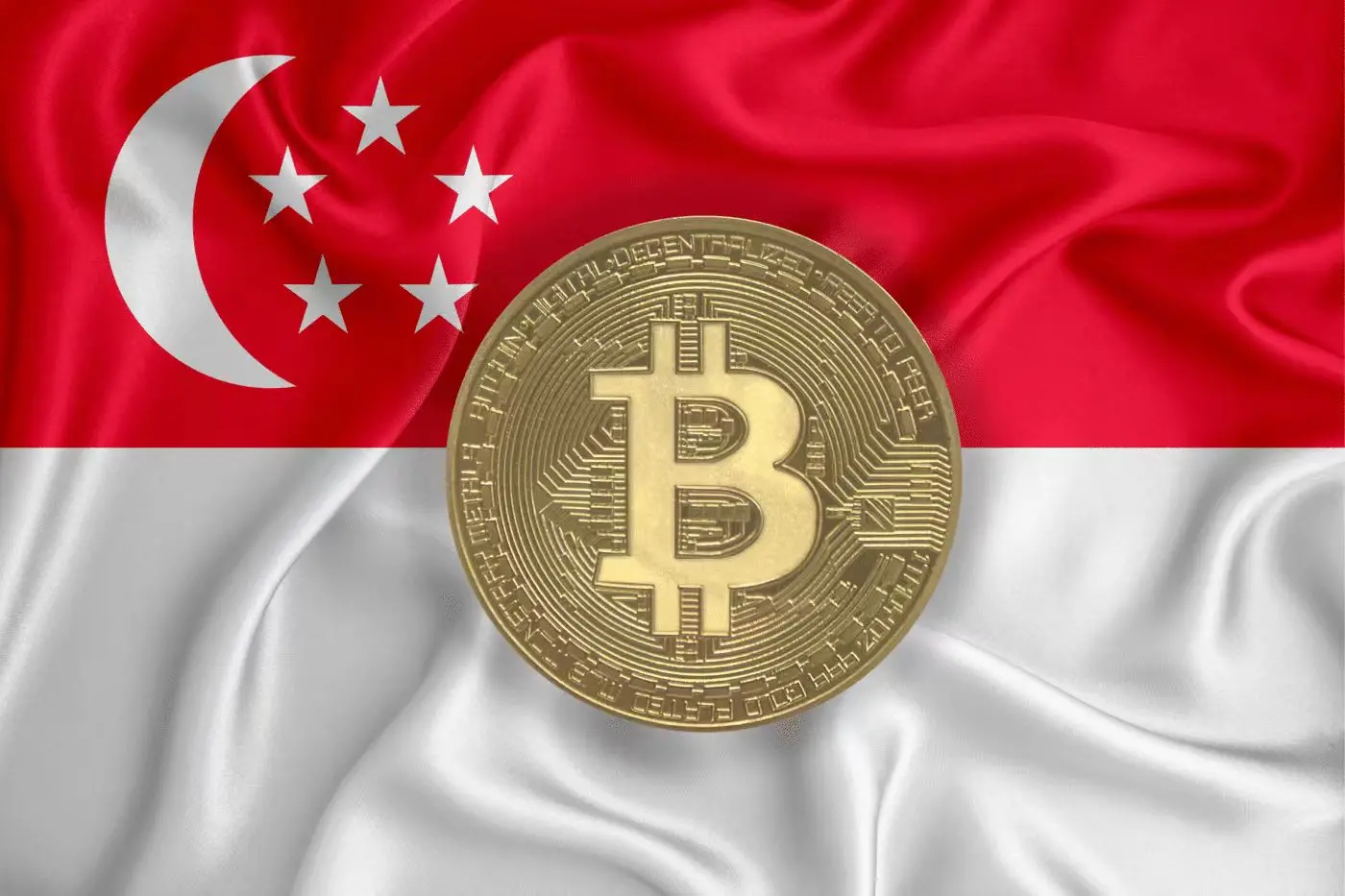
UAE: Aggressive Promotion, Dual Regulatory Model
Policy Progress: ★★★★★
The United Arab Emirates is at the forefront of stablecoin regulation with an open, innovation-driven approach. In June 2024, the Central Bank issued the Payment Token Services Regulation, establishing clear definitions and oversight for “payment tokens,” or stablecoins.
The UAE’s system is distinctly dual-track: the central bank oversees the entire federation, while financial free zones—the DIFC in Dubai and ADGM in Abu Dhabi—exercise independent regulatory authority.
Compared to MiCA (EU) or Hong Kong’s Stablecoin Ordinance, the UAE’s approach is broader but still sets clear boundaries:
- Algorithmic stablecoins and privacy coins are banned.
- Stablecoins cannot pay interest or returns based on how long users hold them.
The UAE’s practical results are evident: In December 2024, AE Coin became the first fully regulated dirham stablecoin, approved by CBUAE.
In April 2025, Abu Dhabi’s sovereign wealth fund ADQ, conglomerate IHC, and First Abu Dhabi Bank (the UAE’s biggest by assets) jointly announced plans for a new dirham-pegged stablecoin.

Japan: Regulatory Forerunner, Awaiting Market Takeoff
Policy Progress: ★★★★
Japan is a global leader in stablecoin regulation, setting up key legal infrastructure via updates to the Payment Services Act (PSA).
In June 2022, Japan’s parliament passed revised PSA rules, which went into effect June 2023. The new laws clearly define stablecoins, restrict issuers to banks, trust companies, and fund transfer service providers, and specify licensing standards for stablecoin-related operations.
In March 2025, the Financial Services Agency advanced amendments to the PSA to enhance stablecoin issuance. The updated rules allow trust-based stablecoins to hold up to 50% of reserves in select low-risk instruments (short-term government bonds, time deposits). They also introduce a special registry for crypto intermediaries, lowering the bar for OTC market participation.

Russia: Trial Phase, Limited to International Use
Policy Progress: ★★
Russia has shifted from sweeping bans to limited, strategic support for stablecoins in response to cross-border payment and financial sovereignty pressures.
In 2022, the central bank advocated for a total crypto ban. By July 2024, however, the Duma had passed laws permitting crypto mining and allowing central bank-approved firms to use stablecoins and other crypto assets for cross-border settlements. Crypto remains prohibited for domestic payment.
In March 2025, the central bank proposed a three-year pilot permitting “special qualified” high-net-worth individuals and select companies to invest in crypto, aiming for a more transparent, controlled market.
Separately, Ivan Chebeskov, head of the Ministry of Finance’s digital assets division, has called for the launch of a sovereign Russian stablecoin to adapt to global payments trends.

United Kingdom: Regulation Progressing
Policy Progress: ★★
The UK is moving from design to implementation, building on the Financial Services and Markets Act 2023 with supporting rules from the FCA and Bank of England. The Act—signed June 29, 2023—first subjected “digital settlement assets” (including stablecoins) to regulatory oversight as financial activities.
In November 2023, the FCA published proposed requirements for fiat-backed stablecoin issuers and custodians, aiming to apply existing regulatory standards to the stablecoin sector.
In April 2025, the UK government opened a legislative consultation to add regulated activities such as crypto trading venue operation and stablecoin issuance to its legal framework.
Despite progress, the Bank of England remains conservative. Governor Andrew Bailey has repeatedly said that widespread stablecoin adoption could erode confidence in the pound and threaten systemic financial stability.
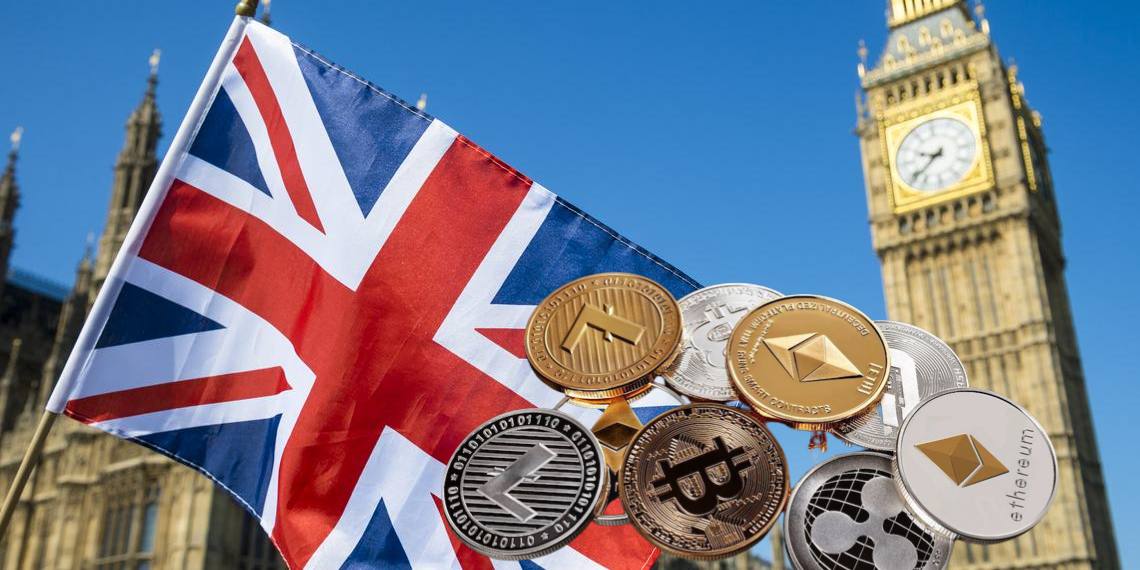
Canada: Vague Legislation, Regulatory Framework Emerging
Policy Progress: ★★
Canada has taken a more conservative stance than the U.S. and EU, with stablecoin market growth lagging behind.
Following the FTX collapse in December 2022 and ensuing global turmoil, Canada’s securities regulators (CSA) tightened standards, placing stablecoins under the umbrella of “securities and/or derivatives.”
Since 2023, the CSA has released key regulatory guidance (SN 21332 and SN 21333) for fiat-backed stablecoins. Issuers must now register as securities issuers and either file a prospectus or sign a CSA-recognized undertaking.
Most recently, the country’s banking regulator announced readiness to supervise stablecoins, with a regulatory regime in development.

Brazil: Strict Oversight
Policy Progress: ★
Brazil’s Central Bank reports that more than 90% of domestic crypto transactions involve stablecoins, mainly for cross-border payments, which has triggered compliance concerns.
Central Bank President Gabriel Galipolo observed that while stablecoins initially offered Brazilians convenient access to U.S. dollars, deeper analysis showed that most transactions were tied to cross-border shopping and often lacked transparency—potentially facilitating tax evasion or money laundering.
In December 2024, the Central Bank introduced a draft regulation to bring stablecoins under the foreign exchange regulatory regime and ban transfers to wallets not controlled by Brazilian entities.
In summary, Brazil’s regulatory direction is clear: strict supervision, with a focus on curbing high-risk transactions.
Despite stricter oversight, traditional banks are pursuing compliant solutions. Itau Unibanco—Brazil’s largest, with 55 million clients—is developing a real-pegged stablecoin. Itau is studying the experience of other banks and awaiting formal regulation.

Disclaimer:
- This article is a republication of [ChainCatcher], with copyright retained by the original author [Fairy, ChainCatcher]. For any concerns about this republication, please contact the Gate Learn Team. The team will review and respond in accordance with established procedures.
- Disclaimer: The views and opinions expressed in this article are solely those of the author and do not constitute investment advice of any kind.
- All non-English versions of this article are translated by the Gate Learn Team. Unless explicitly stated by Gate, reproduction, distribution, or plagiarism of these translated articles is strictly prohibited.





